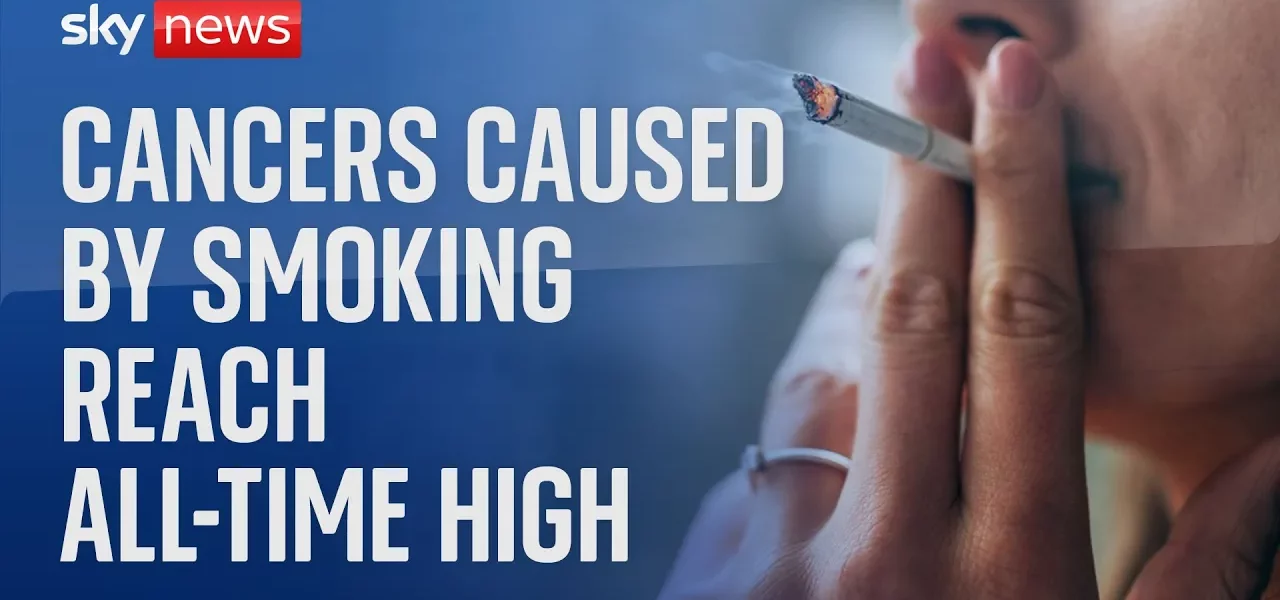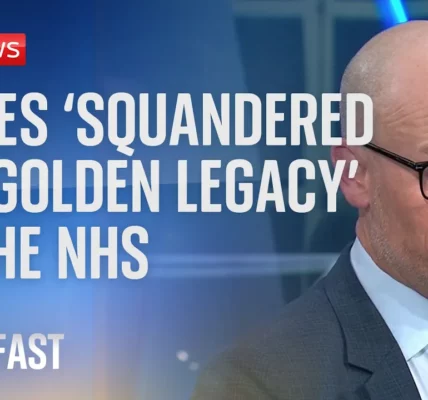Cancer Rates Caused by Smoking Reach All-Time High

This article delves into the significant increase in cancer cases attributed to smoking, the challenges posed by tobacco addiction, and the urgent need for government intervention to combat this public health crisis.
Introduction
The impact of smoking on public health has long been documented, yet recent statistics from Cancer Research UK reveal a staggering reality: cancer caused by smoking has reached an all-time high. With six individuals diagnosed with smoking-related cancers every hour, the urgency for action has never been greater. This article explores the reasons behind this alarming trend, the types of cancers most affected, and the steps that must be taken to address this critical issue.
The Rising Cancer Rates Attributed to Smoking
According to recent studies, the rates of liver, throat, and kidney cancers linked to smoking have doubled over the past two decades. This increase is particularly concerning given the overall decline in the number of people choosing to smoke. Key points to consider include:
- Approximately 6.4 million smokers reside in the UK.
- Smoking rates have been decreasing since the indoor smoking ban enacted in 2007.
- Despite the decrease in smoking prevalence, cancer diagnosis rates related to smoking continue to rise.
Understanding the Delay in Cancer Treatment
Compounding the issue of rising cancer rates is the significant delay faced by cancer patients in England regarding treatment. This situation poses a dual challenge to public health officials:
- Increased diagnosis rates necessitate more immediate treatment interventions.
- Delays in treatment can lead to worsened health outcomes and increased mortality rates.
The Role of Government Action
The call for government intervention in smoking cessation efforts is becoming increasingly urgent. Experts have highlighted the importance of proactive measures to reduce smoking rates further. Potential actions include:
Proposed Legislative Changes
Recent discussions surrounding legislation to raise the minimum age for purchasing tobacco products illustrate the government’s commitment to combating smoking:
- Previous attempts to introduce a ban on smoking for younger individuals.
- The new Labour government’s pledge to revisit this initiative.
Public Awareness Campaigns
Awareness campaigns highlighting the dangers of smoking and the related health risks of various cancers are critical in educating the public:
- Health warnings on tobacco packaging.
- Community outreach programs to support smoking cessation.
The Challenges of Tobacco Addiction
Despite widespread knowledge of the health risks associated with smoking, tobacco addiction remains a significant barrier to cessation. Several factors contribute to the persistence of smoking habits:
- The highly addictive nature of nicotine.
- Social and environmental influences that encourage smoking.
- The psychological aspects of addiction that make quitting challenging.
Conclusion
The rising rates of cancer associated with smoking underscore the urgent need for comprehensive strategies to combat tobacco use. With government action, public education, and support for cessation programs, there is hope for reducing smoking prevalence and improving public health outcomes. It is imperative for individuals, communities, and policymakers to collaborate in addressing this critical health crisis. For more information on smoking cessation resources, please visit our related articles page.
“`




